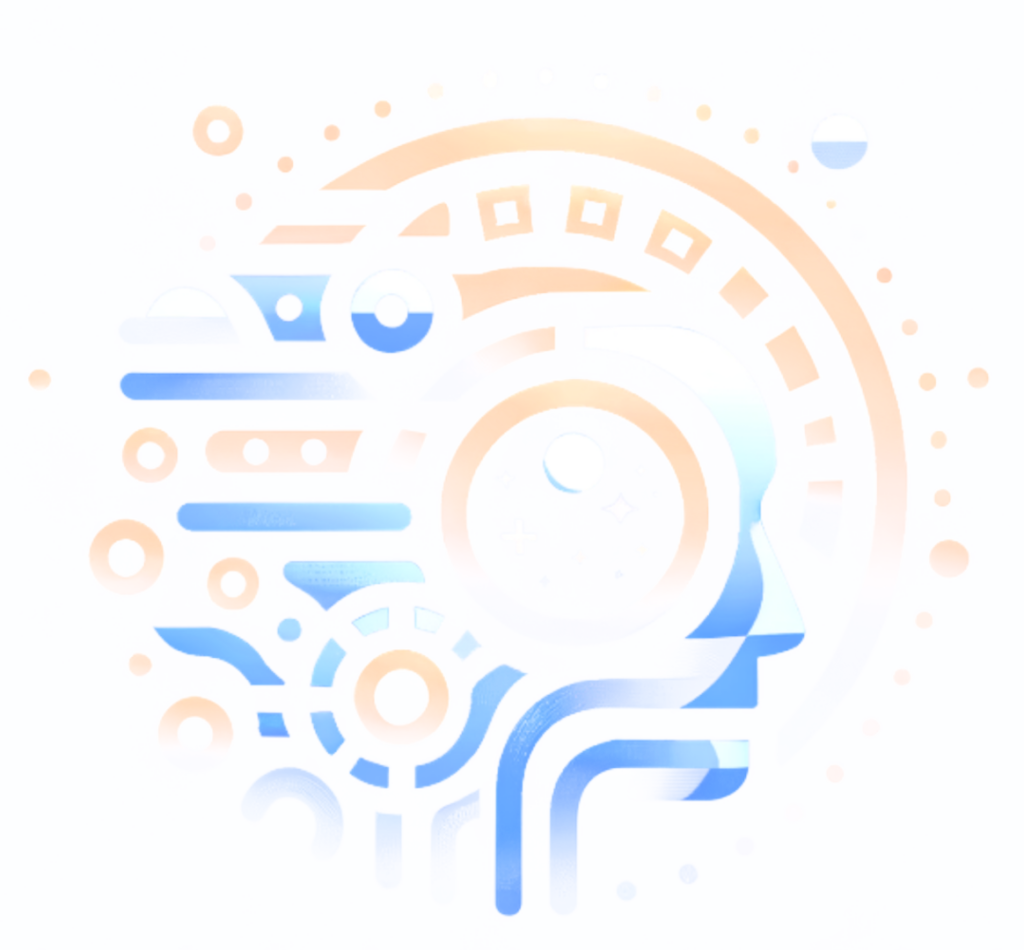- Breaking Public-Key Cryptography
Most blockchain systems rely on Elliptic Curve Cryptography (ECC) or other public-key methods to secure wallets and transactions. Quantum computers, using Shor’s Algorithm, could:
- Compromise Private Keys: Derive private keys from public keys, enabling attackers to impersonate users or steal funds.
- Invalidate Digital Signatures: Digital signatures, critical for transaction authenticity, could be forged, undermining trust in the network
- Risk to Blockchain Integrity
Quantum computers could threaten the integrity of blockchain networks by:
- Creating Fraudulent Transactions: By forging signatures, attackers could double-spend tokens or rewrite transaction histories.
- Altering Consensus Mechanisms: Proof-of-Work (PoW) or Proof-of-Stake (PoS) mechanisms might be manipulated by quantum-enabled actors, threatening the consensus model and network security.
- Risk to Long-Term Data Security
Harvest Now, Decrypt Later: Sensitive blockchain data encrypted today could be harvested and decrypted in the future when quantum computers are advanced enough.
- Stored Blockchains: Older blockchain networks or stored transaction data are particularly at risk since retroactive decryption could expose sensitive details.
- Mining Disruption
Quantum Supremacy in Hashing: Quantum computers, through Grover’s Algorithm, could reduce the time needed for mining significantly, giving a disproportionate advantage to quantum-enabled miners.
- Mining Centralization: The computational advantage of quantum machines could centralize mining power in the hands of those who possess such technology, contradicting the decentralized ethos of blockchain.
- Transition Challenges
Switching to quantum-resistant cryptography is non-trivial for blockchains:
- Network Disruption: Migrating a live blockchain to quantum-resistant protocols can be complex and may require community-wide consensus, which is hard to achieve.
- Backward Compatibility: Maintaining compatibility with existing systems while integrating post-quantum algorithms is technically challenging.
- Regulatory and Ethical Concerns
- State-Level Threats: Nation-states with access to advanced quantum computing could use it to compromise blockchains for economic or political purposes.
- Trust Issues: Public perception of blockchain security might erode if quantum computers expose vulnerabilities, affecting adoption and trust.
- Mitigations and Preparations
Blockchain developers are exploring post-quantum cryptographic algorithms to secure their systems. Protocols like Ethereum and Bitcoin are also considering upgrading to quantum-resistant standards once they are fully developed and standardized by organizations like NIST. However, the transition requires substantial research, planning, and consensus-building within blockchain ecosystems.
The timeline for these risks depends on when sufficiently powerful quantum computers become available, but proactive planning is essential to avoid being caught off guard.

